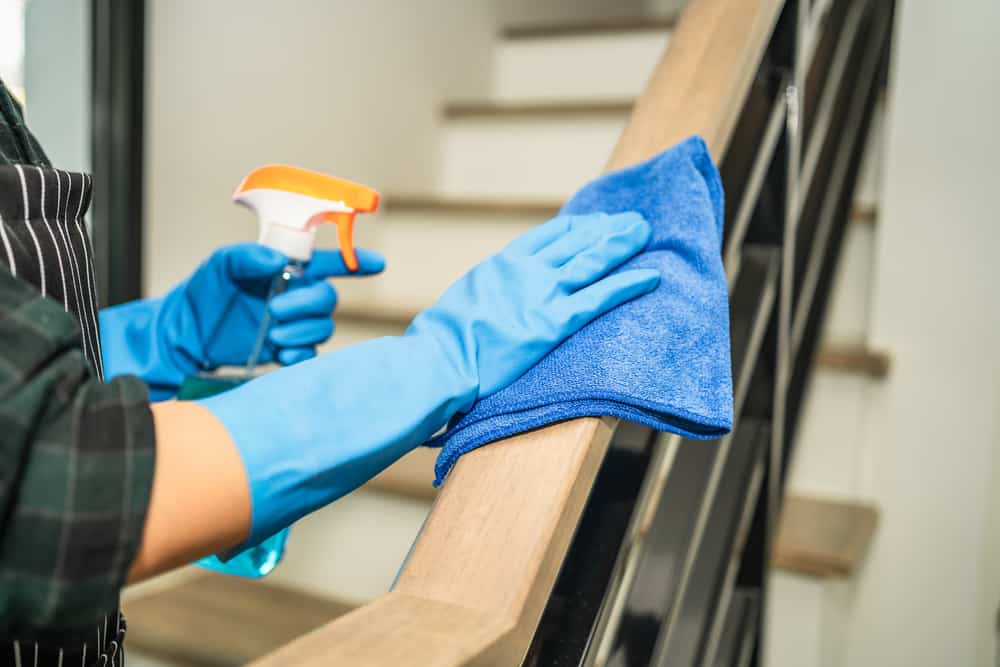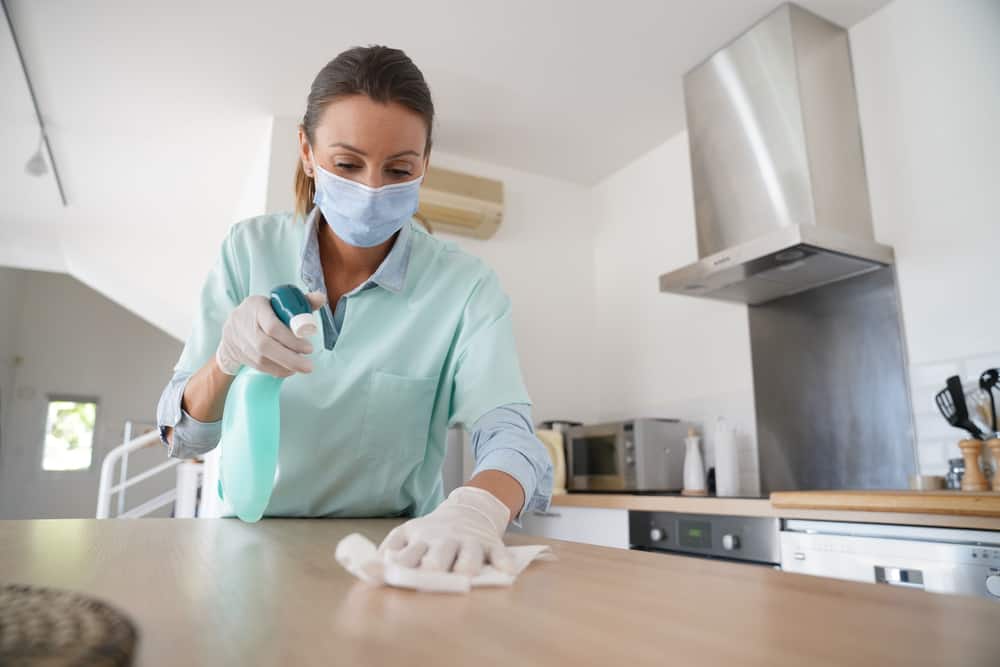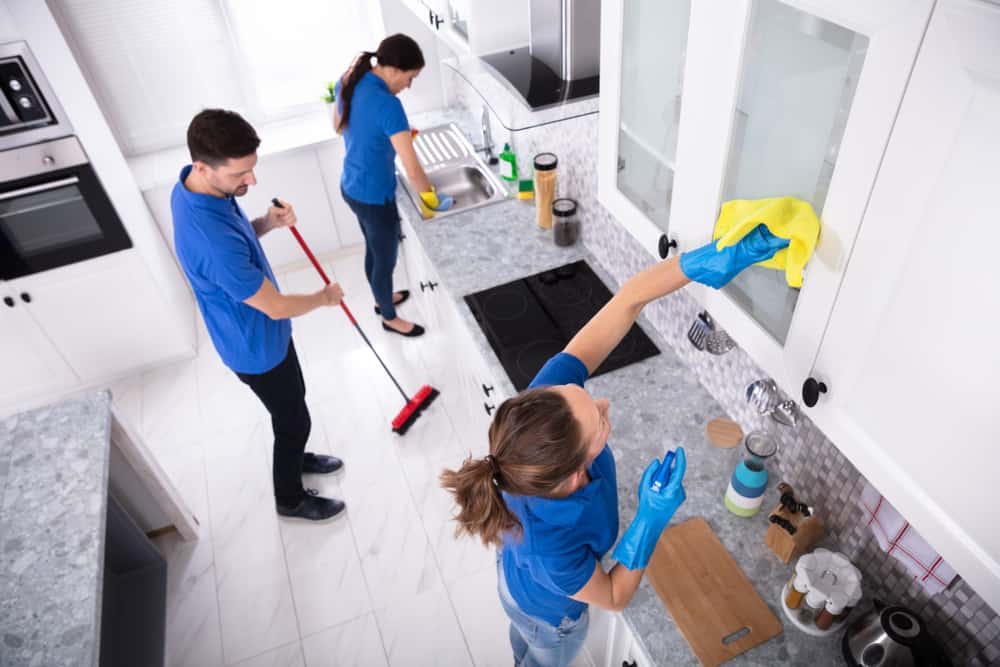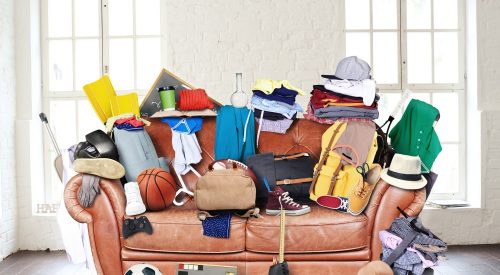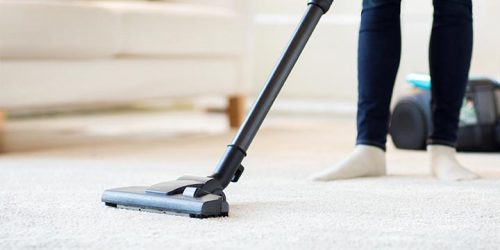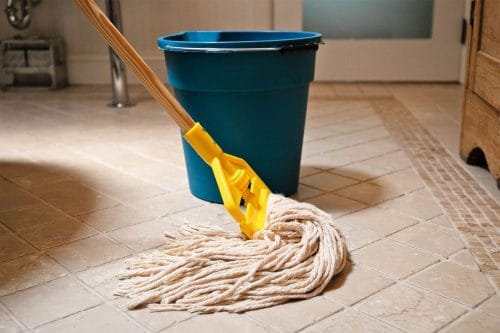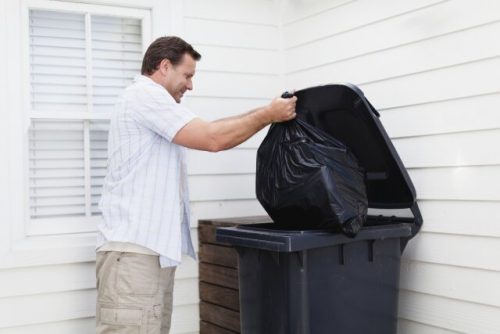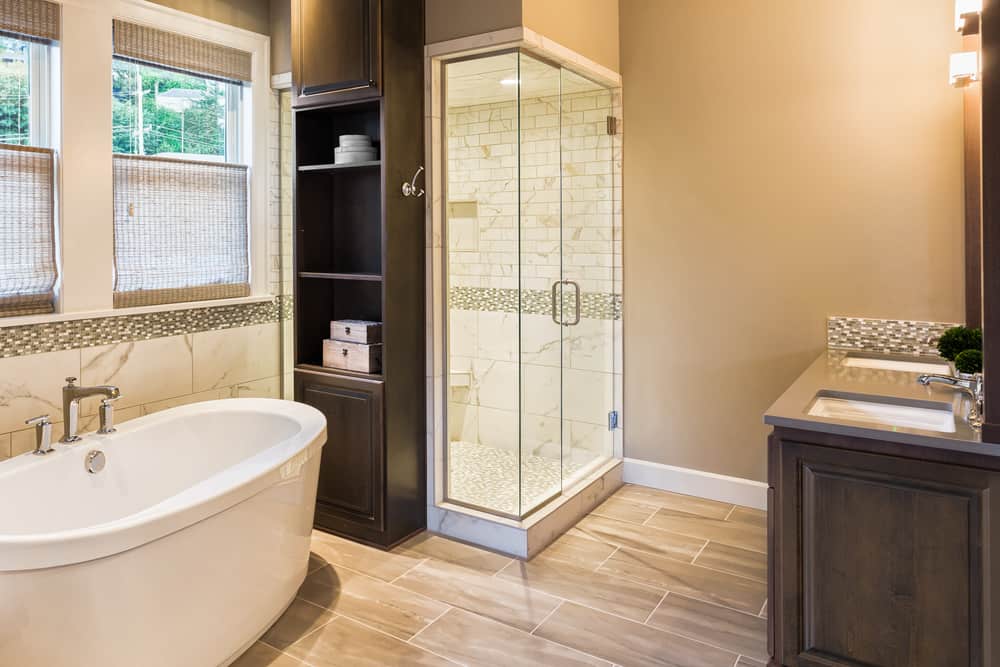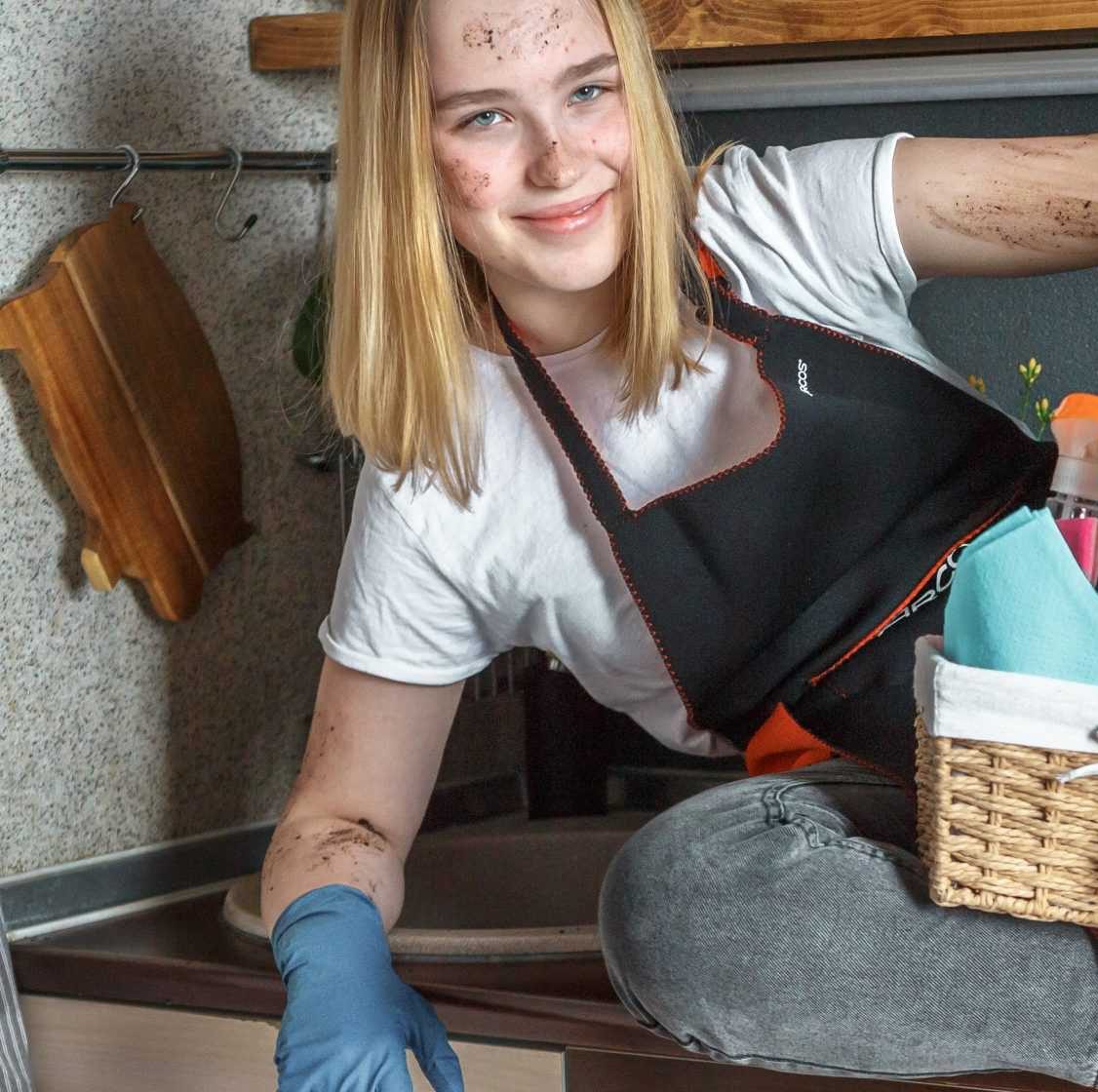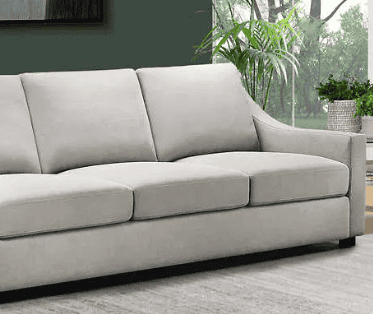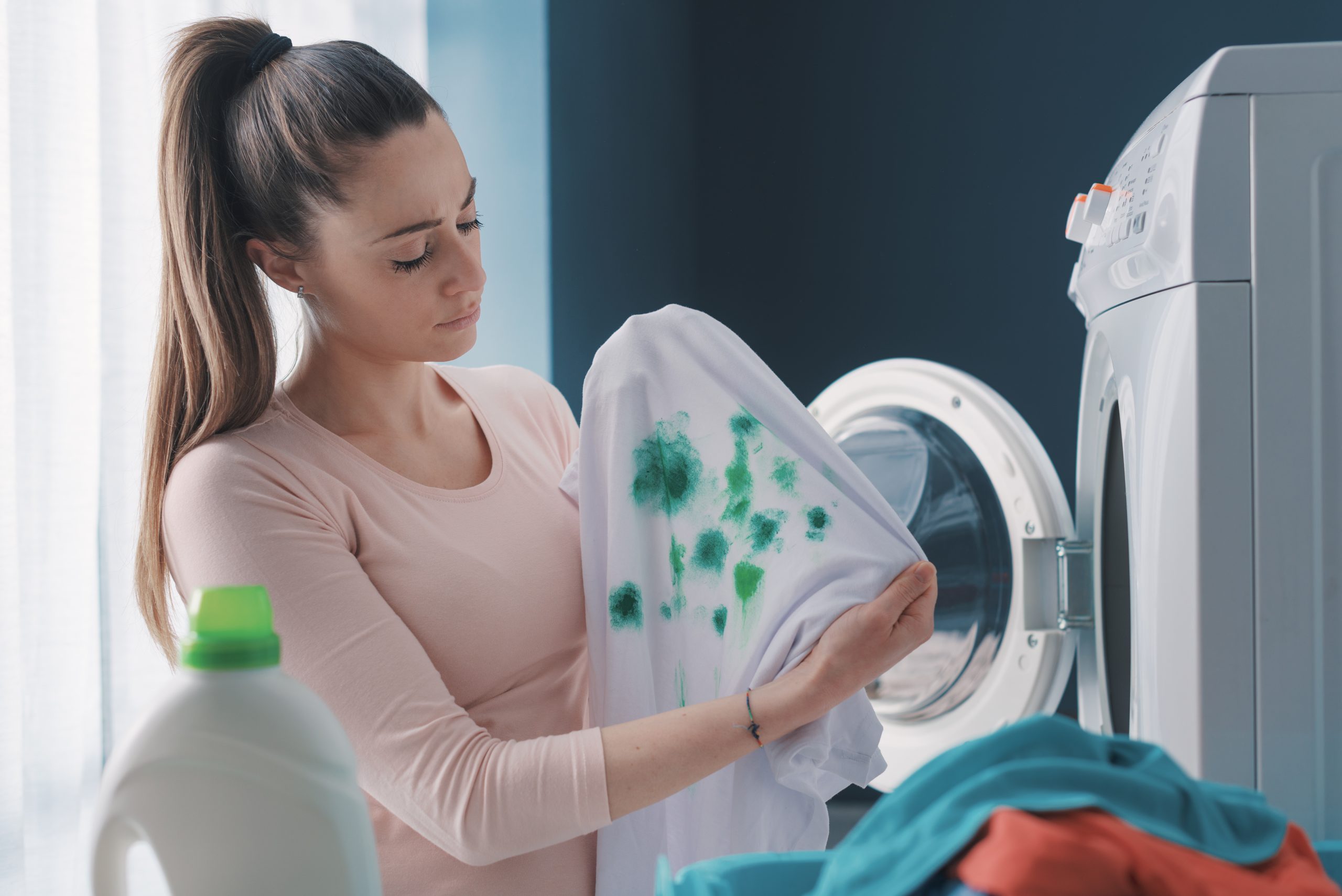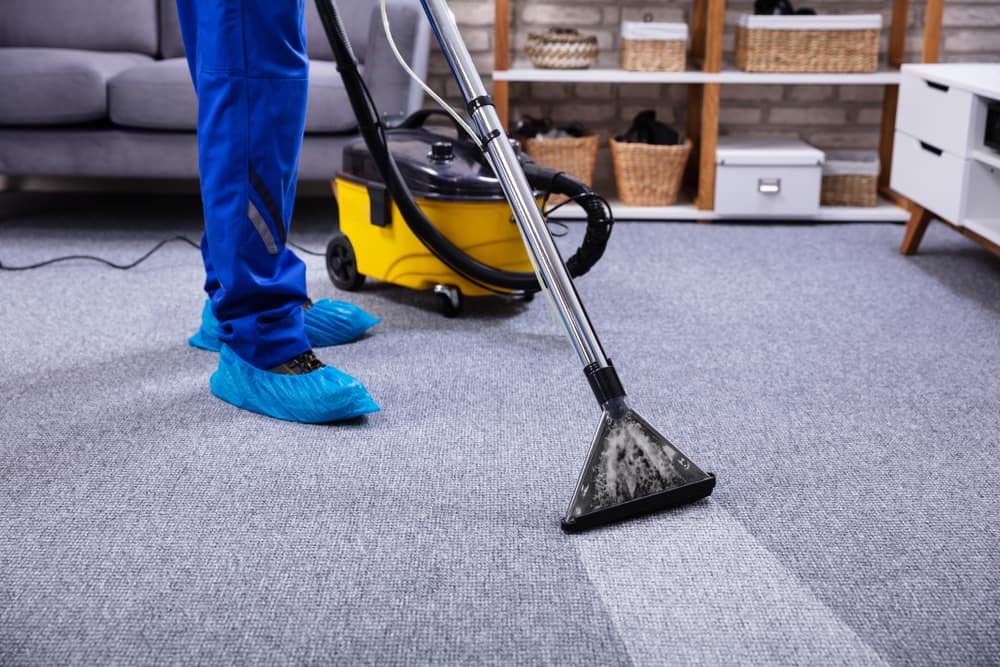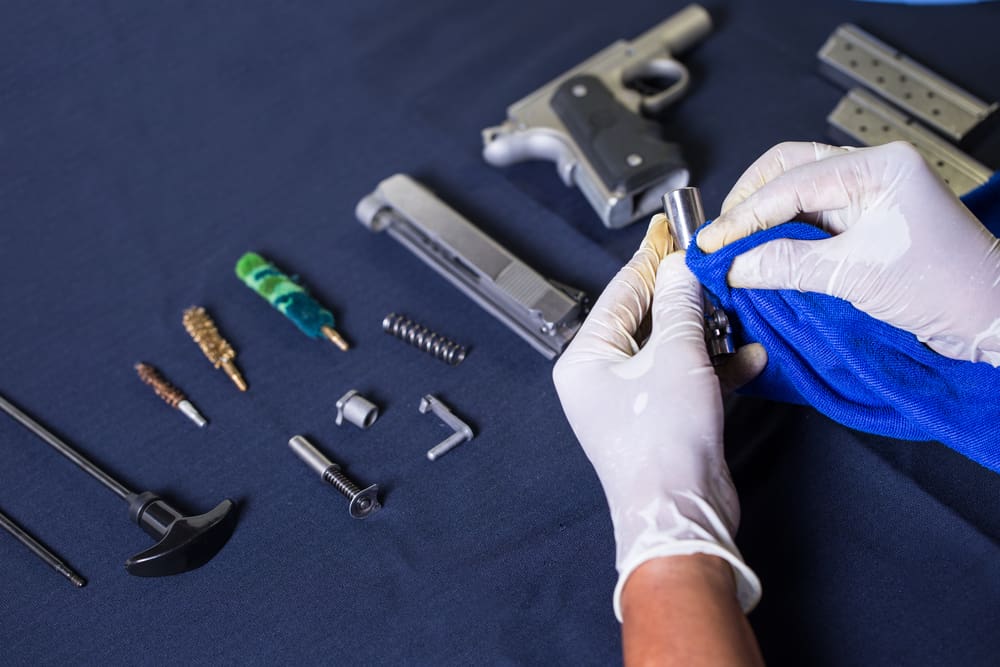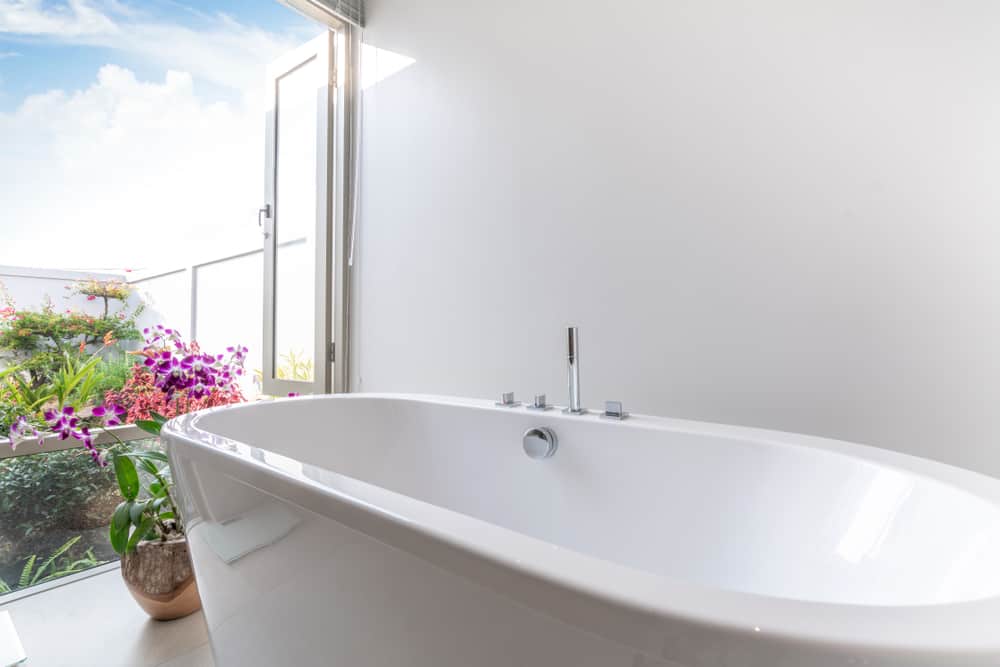Most people consider cleaning their house a tedious and repetitive task that is often not properly done, despite the effort.
That being said, there are ways to approach this task with professionalism, utilizing efficient methods that will ensure a timely and successful cleaning.
This article will provide you with the information you need to prepare yourself to clean your house like a professional, in addition to other recommendations to make your cleaning more effective.
In essence, the most efficient way to clean is to by doing the following:
- Declutter the space
- Use reputable cleaning products
- Dust and vacuum
- Prioritize your kitchen
- Don’t forget to mop the floors.
Page Contents:
How Do You Deep Clean a House in 2 hours?
If you have 2 hours to clean your house, you should first gather all the products and cleaning materials, such as a sponge, dusting cloths, floor cleaner, deep cleaning products, a mop, and other items. Then place them into a bucket that you can carry around with you.
This ensures that you do not waste time and energy going back and forth to retrieve your cleaning material.
You should organize your cleaning procedure task by task, rather than room to room.
For the most efficient cleaning, work top to bottom and back to front. This way, you will clean up any dust or dirt that falls from above or from the back.
Where Do You Start With Your Dirty House?
The best way to start is to declutter the space and remove any items that are laying around, such as books, electronic devices, toys, or other items.
This ensures that you have a good visual representation of the space that needs to be cleaned, allowing you to clean more efficiently.
Cleaning task to task is more efficient and it is best that you start by applying any deep cleaning products, as they need time to work properly on the stains. You can start by applying the products in the bathroom.
1. Apply Deep Cleaning Products
After you declutter the space, apply deep cleaning products to various surfaces
Common areas that require deep cleaning are:
- Toilet bowls
- Bathroom and kitchen sink
- The shower cabin or the bathtub.
Make sure to use rubber gloves for this job since you’re working with potentially harmful chemicals.
Also, keep in mind that the chemicals that you apply will also need sufficient time to dissolve and eliminate all the stains.
After approximately 20-30 minutes, during which you can perform other cleaning tasks, it should be fairly easy to wipe off any remaining stains without hard scrubbing. Consider using a small amount of liquid laundry bleach and letting it stand in the cold water to remove all the heavy stains, before draining the water and using a cleaner on the sink.
2. Dust and Vacuum
As the chemicals from the cleaning items are absorbing the stains, you should focus on removing the dust from your furniture, lamps, and other items, before you vacuum. Remove any clutter and thoroughly dust your furniture and electronic appliances. Once dusting is complete, you can move to vacuuming the main rooms of your house.
You should vacuum your furniture first, followed by your floors. Make sure you also vacuum under your sofa, chairs, tables, and/or couches, as these surfaces are not as easy to access.
3. Deep-Clean Your Kitchen
Before cleaning your kitchen, consider doing the dishes first and putting them away in the cabinet. If you have a dishwasher, use it and leave the dishes in as you clean the space in the kitchen.
In addition to cleaning your kitchen sink and the kitchen counter with an all-purpose cleaner, make sure you clean the refrigerator as well.
Remove all the expired items and clean shelves with a damp cloth. For sticky and dirty shelves, apply all-purpose cleaner or water mixed with mild soap or detergent.
If the drawers are dirty, wash them as well.
If you have a microwave, remove the microwave plate from the inside and soak it in warm water mixed with mild soap or detergent. Scrub all the sticky residue from the top and finish it off with a damp cloth.
4. Mop the Floors
Once you are done with dusting and vacuuming, you should finish with mopping the floors. The specific way to mop will depend on your floors. The specific type of wood will determine how much water to use and whether or not to use certain liquids, such as vinegar.
Do not forget to mop the bathroom floors as well. These can be done last so that the surfaces in other rooms can dry and you can avoid having wet floors, which can pose a hazard.
5. Take Out The Trash
Whether you’re planning on throwing a lot of things away, or if your garbage bin is already full of trash, now’s the time to take it out. Empty out all of your garbage bins and wastebaskets, and remember to put in new bags when you’re done.
A helpful tip is to triple-line your bins with three bags.
That way, you won’t have to worry about lining each bin again the next time you take out your garbage.
6. Wash Your Windows
Cleaning your windows can be one of the more time-consuming processes, but it makes up for that by being rather simple. Just take a bottle of window cleaner, spray each window, then wipe it with a paper towel.
7. Clean the Walls & Ceiling
Your furniture and floors aren’t the only things that need cleaning.
Go after your walls and ceilings, too!
You can get rid of dust with a microfiber mop, and clean any stains with warm water and cleaning products. If a mop isn’t on hand, a used T-shirt works just as well.
What do Housekeepers Typically Clean First?
Professional housekeepers have a sort of rhythm when it comes to cleaning a house. They usually start with the most difficult room in the entire home: the bathroom.
Even in a smaller bathroom, there are all sorts of fixtures that require cleaning, from the tub and shower to the toilet and sink.
Once the bathroom is properly cleaned, housekeepers have little trouble cleaning the rest of the house in a timely fashion.
Is It Better to Dust or Sweep First?
Dusting should always be the first step you take when cleaning. Sweeping (and vacuuming, too) can kick up dust particles and spread them elsewhere, which puts more work on you during cleaning.
When you dust first, those particles are more or less cleared, allowing you to sweep and vacuum without issue.
